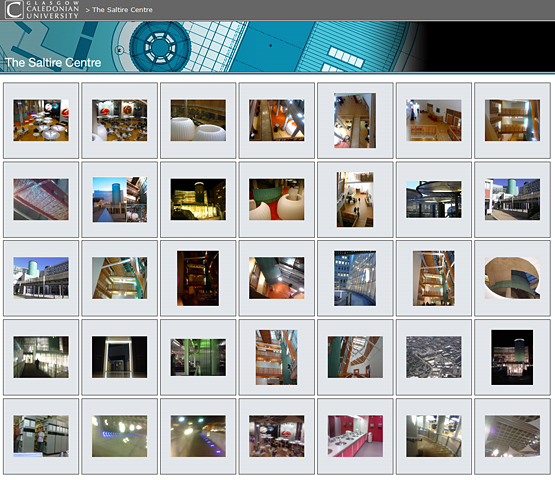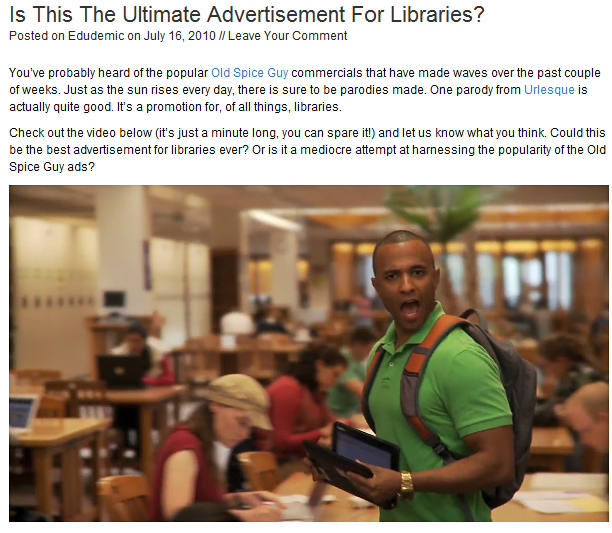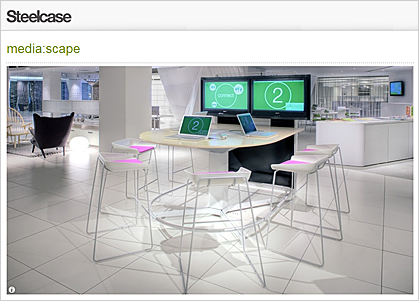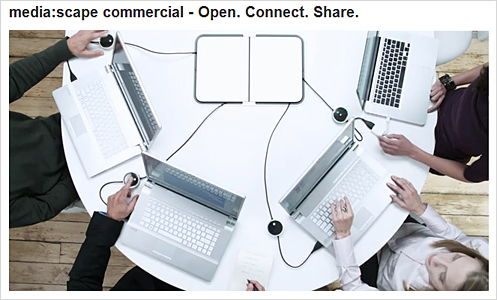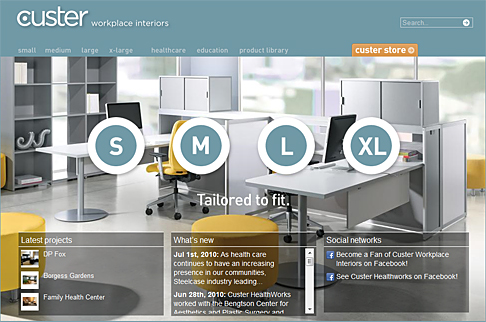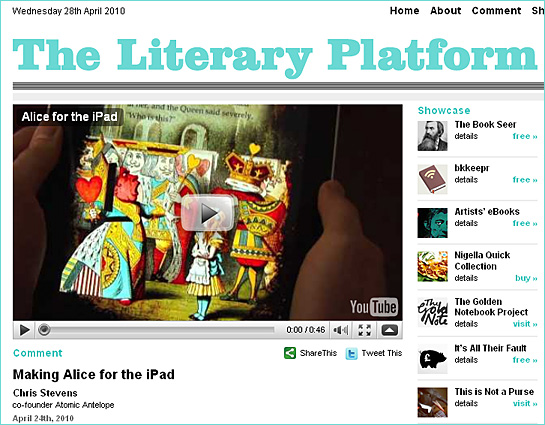Remaking the college campus — from CampusTechnnology.com by Bridget McCrea
An e-learning veteran envisions a college campus of the future where physical space, technology, and collaboration blend.
Imagine a college library where books are not the focal point. Instead of sitting behind a desk checking out volumes, librarians have become technology experts who are dispatched to help students and faculty who are in the building. The “No Food or Drinks” signs have been removed, allowing students to move freely throughout the building with coffee cups in hand.
Taking a page from Barnes & Noble’s business planning book, the college library is transformed into a place where students pore over laptop computers, PDAs, and iPads alone or in groups. The atmosphere simply oozes collaboration and provokes others to join the party to study, learn, and network with one another.
If this sounds like a far-off pipe dream, consider what’s going on in Glasgow, where the Saltire Centre is the centerpiece of learning and student services at Glasgow Caledonian University. Regarded as “one of the most ambitious and innovative learning environments in the UK,” the 1,800-seat building comprises multiple levels, each of which caters to different types of learning and interaction.
See also:









